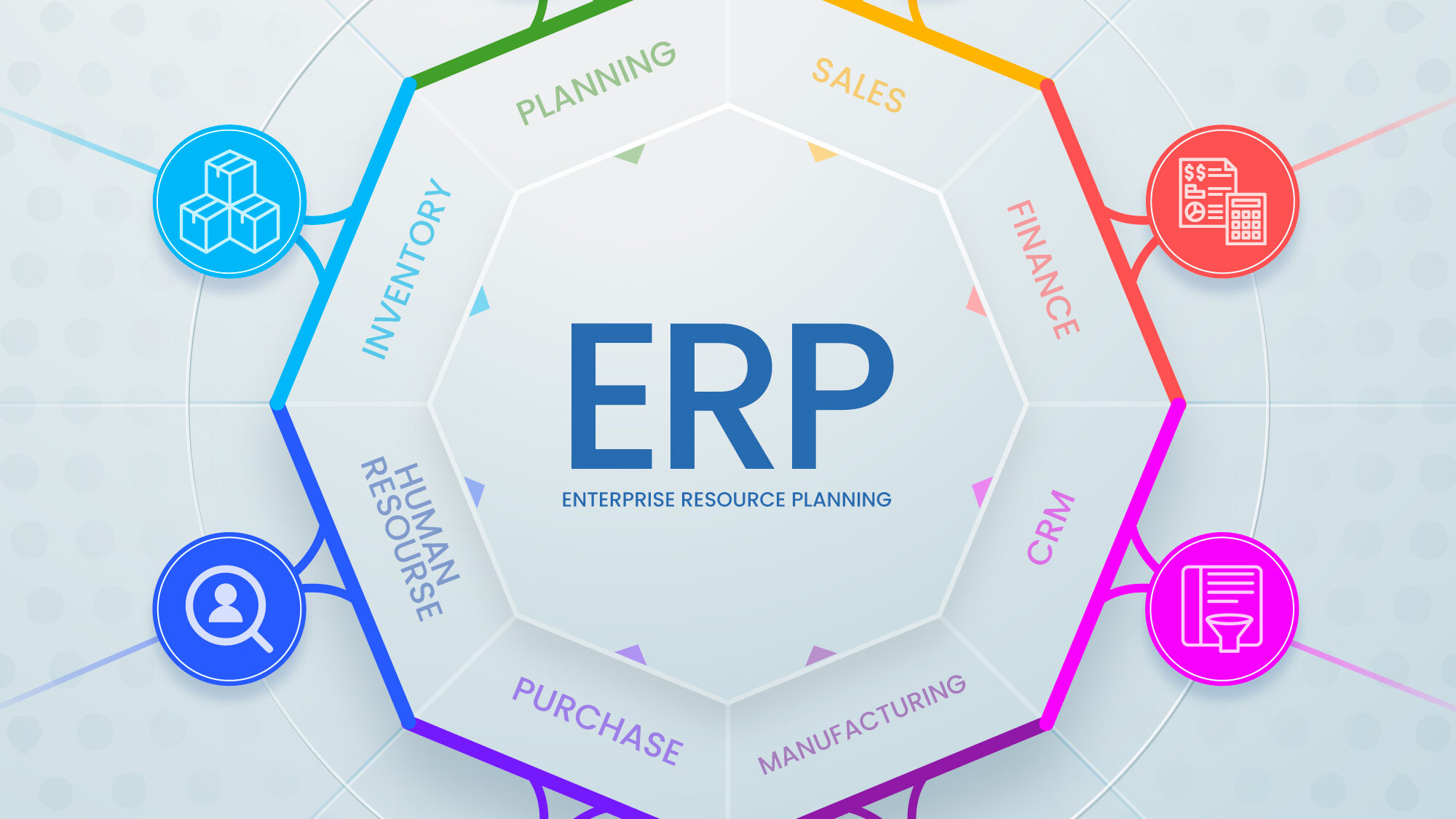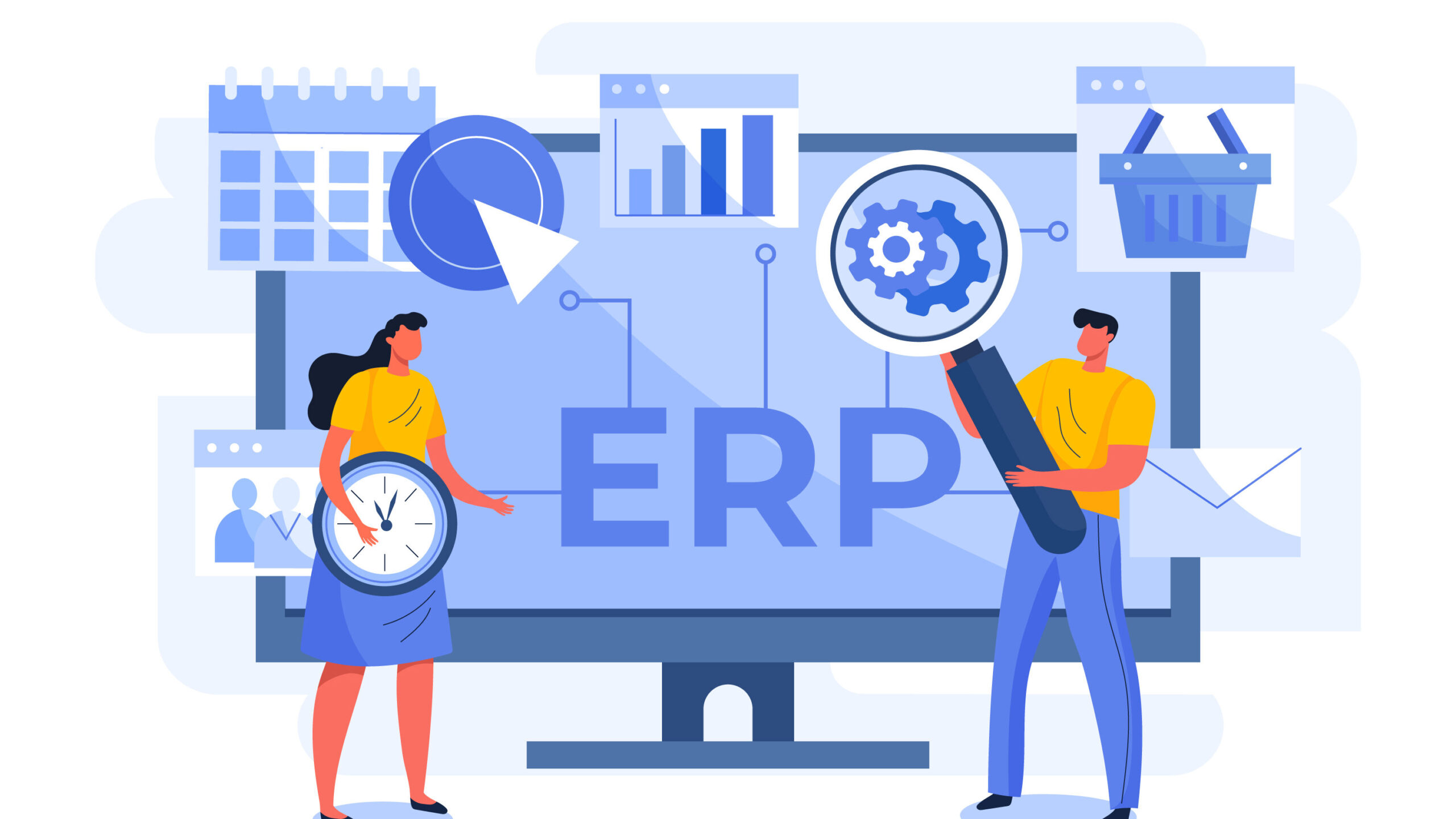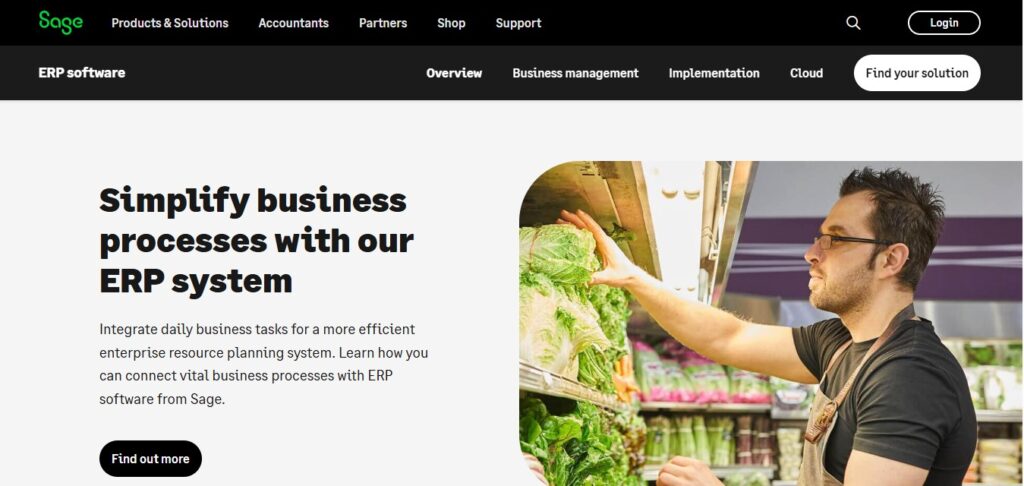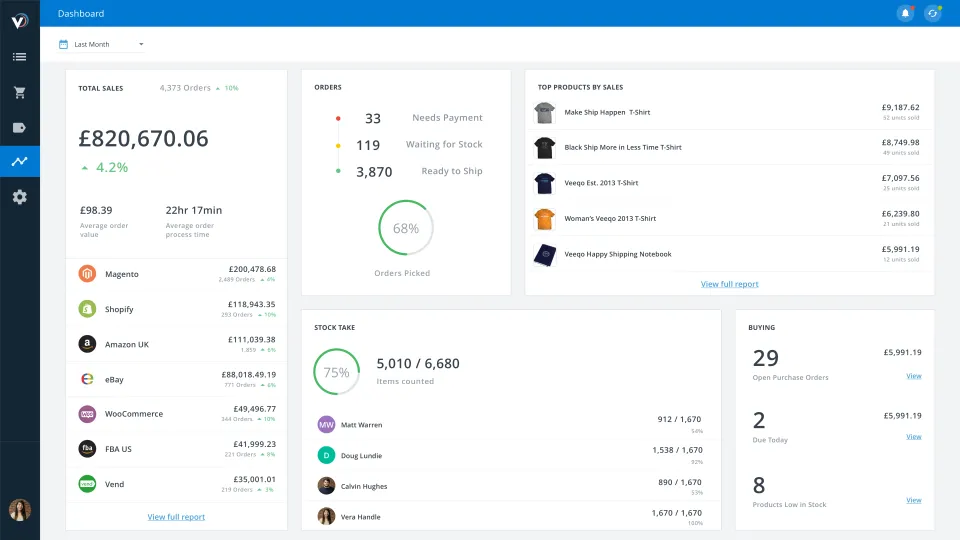Picture this: It’s 2 AM, you’re knee-deep in order spreadsheets, your inventory numbers haven’t matched reality since Black Friday, and your shipping team keeps asking, “Wait, was this Amazon order or the Shopify one?” Does this feel like your daily reality? Your business isn’t just asking for an Ecommerce ERP systemThese digital superheroes don’t wear capes (unfortunately), but they can rescue you from operational chaos, automate your nightmares away, and give you back your sanity – and your sleep.
But before you jump on the ERP bandwagon, let’s be real: implementation isn’t all rainbows and unicorns. It’s more like teaching your whole company to speak a new language while running a marathon. The good news? When done right, an Ecommerce ERP can transform your business from “hot mess” to “well-oiled machine” – helping you slay inventory demons, conquer multi-channel madness, and finally get those profit margins under control. Ready to find out if it’s your ticket to ecommerce bliss or just another shiny tech distraction? Let’s dive in.
What Does ERP Mean?

Enterprise Resource Planning (ERP) is a software system that integrates core business processes—such as finance, inventory, sales, and human resources—into a single unified platform. ERP systems break down data barriers between departments, streamline processes through automation, and deliver up-to-the-minute business intelligence, enabling organizations to work smarter and more productively. By connecting previously isolated information and automating routine tasks, these powerful platforms give companies the tools they need to make faster, data-driven decisions while optimizing their daily operations. The result is a more agile, coordinated business environment where information flows seamlessly across all functions.
For ecommerce businesses, ERP solutions go beyond traditional functionalities by syncing online sales channels, managing multichannel inventory, and automating order fulfillment. Whether you run a small online store or a large enterprise, implementing an ERP system can transform how you manage operations, reduce errors, and scale your business effectively.
What Is an Ecommerce ERP?
An Ecommerce ERP is a specialized ERP system tailored for online retailers. It connects your ecommerce platform (like Shopify, WooCommerce, or Magento) with backend operations such as inventory management, order processing, accounting, and customer relationship management (CRM).
Unlike standalone ecommerce tools, an ERP centralizes all business functions, ensuring that sales data from Amazon, eBay, or your website automatically updates stock levels, financial records, and shipping details. This seamless integration reduces manual work, minimizes errors, and enhances customer satisfaction by ensuring accurate and timely order processing.
What Are the Pros and Cons of an Ecommerce ERP?
Pros of Ecommerce ERP Implementation
One of the biggest advantages of an Ecommerce ERP is automation. By integrating sales channels with inventory and accounting, businesses can eliminate repetitive tasks such as manual order entry, stock updates, and invoice generation. This not only saves time but also reduces human errors, leading to smoother operations.
Another benefit is real-time data visibility. With an ERP, business owners and managers can access up-to-date reports on sales trends, stock levels, and financial performance. This empowers businesses to make data-driven choices, streamline their supply chain operations, and maintain ideal inventory levels – avoiding both frustrating shortages and costly excess stock. By providing accurate, real-time information, the system enables companies to precisely balance their purchasing with actual demand, ensuring they always have the right products available without tying up capital in unnecessary inventory.
Additionally, Ecommerce ERPs improve customer experience. Faster order processing, accurate tracking, and automated customer notifications enhance satisfaction and loyalty. For businesses selling across multiple platforms, an ERP ensures consistency in pricing, promotions, and inventory availability.
Cons of Ecommerce ERP Implementation
Despite its advantages, ERP implementation comes with challenges. Implementing an ERP system requires a significant upfront investment that may pose financial challenges for smaller enterprises. Many growing businesses find the licensing fees, hardware requirements, and implementation expenses create a substantial barrier to entry. The total cost of ownership often extends beyond just software purchases to include customization, data migration, and employee training – expenditures that can strain limited budgets. While cloud-based solutions have made ERP systems more accessible, the initial outlay remains a serious consideration for SMBs evaluating their technology investments.
Licensing fees, customization, and training add to the expenses, making it essential to choose a solution that fits your budget and needs.
Another drawback is the complexity of implementation. Migrating data from existing systems, training employees, and ensuring smooth integration with ecommerce platforms can be time-consuming. Without proper planning, businesses may face disruptions during the transition phase.
Lastly, scalability can be an issue. Some ERP systems may not support rapid business growth, requiring costly upgrades or migrations in the future. Selecting a flexible, cloud-based ERP can mitigate this risk.
Conduct Industry Analysis in Seconds – For Free!
Discover how QuantexFlow can help you quickly analyze any industry with powerful AI-driven insights. Perfect for entrepreneurs, investors, and business analysts.
Try It Now – FreeNo credit card required. Get instant access to industry insights.
What Are the Key Features of an Ecommerce ERP?

A robust Ecommerce ERP should include several essential features to maximize efficiency. Inventory management is critical, as it tracks stock levels across multiple warehouses and sales channels in real time, preventing overselling and stock discrepancies.
Order management is another vital feature, automating order processing from checkout to fulfillment. A good ERP syncs orders from Shopify, Amazon, and other marketplaces, updates inventory, and generates shipping labels without manual intervention.
Financial management tools streamline accounting by automating invoicing, tax calculations, and revenue tracking. Integration with payment gateways ensures seamless reconciliation, reducing accounting errors.
Customer relationship management (CRM) capabilities help businesses track customer interactions, purchase history, and support tickets, enabling personalized marketing and better service.
Finally, analytics and reporting provide actionable insights into sales performance, inventory turnover, and customer behavior, helping businesses optimize strategies for growth.
What Integrations Should an ERP Have?

For an Ecommerce ERP to function effectively, it must integrate seamlessly with various business tools. Ecommerce platform integrations (Shopify, WooCommerce, BigCommerce) ensure that sales data flows automatically into the ERP, updating inventory and financial records in real time.
Payment gateway integrations (Stripe, PayPal, Square) help automate transactions and reconcile payments with accounting systems. Shipping and logistics integrations (FedEx, UPS, ShipStation) streamline label generation, tracking, and delivery updates.
CRM integrations (HubSpot, Salesforce) enhance customer data management, while accounting software integrations (QuickBooks, Xero) ensure accurate financial reporting. Additionally, marketplace integrations (Amazon, eBay, Walmart) allow businesses to manage multichannel sales from a single dashboard.
Looking for a Reliable AI Plagiarism Checker?
Ensure your content’s originality with the best AI-powered plagiarism detection tool available today.
Discover the Best AI Plagiarism CheckerClick above to compare features and find the perfect solution for your needs.
Should Your Business Consider Implementing an Ecommerce ERP System?

Deciding whether to implement an Ecommerce ERP depends on your business needs. If you’re struggling with manual order processing, inventory mismanagement, or disconnected systems, an ERP can bring much-needed automation and efficiency.
Growing businesses that sell across multiple channels (website, Amazon, social media) will benefit from centralized control, reducing errors and improving order accuracy. Similarly, companies planning to expand globally need an ERP to handle multi-currency transactions, tax compliance, and international shipping.
However, if your business is small with limited sales volume, a basic ecommerce tool with inventory management might suffice. The key is to evaluate your pain points, budget, and growth plans before investing in an ERP.
Conclusion
Ecommerce ERP implementation is a game-changer for online businesses looking to streamline operations, improve efficiency, and scale effectively. By automating workflows, integrating sales channels, and providing real-time insights, an ERP system helps businesses reduce costs, enhance customer satisfaction, and drive growth.
While the initial investment and setup can be challenging, the long-term benefits outweigh the drawbacks. If your business is expanding or struggling with operational inefficiencies, adopting an Ecommerce ERP could be the next strategic move to stay competitive in the digital marketplace.
By carefully selecting the right ERP solution, ensuring smooth integrations, and planning a structured implementation process, businesses can unlock new levels of productivity and success.



This text really highlights the chaos of ecommerce operations without an ERP system. It’s relatable how it paints the 2 AM spreadsheet struggles—been there, done that. The comparison of ERP implementation to teaching a new language while running a marathon is spot on; it’s not easy, but it’s worth it. I’m curious, though, how long does it usually take to see the benefits after implementing an ERP? Also, the idea of slaying inventory demons and conquering multi-channel madness sounds almost too good to be true. What’s the catch? And honestly, do most businesses really achieve that “well-oiled machine” status, or is it just a few?